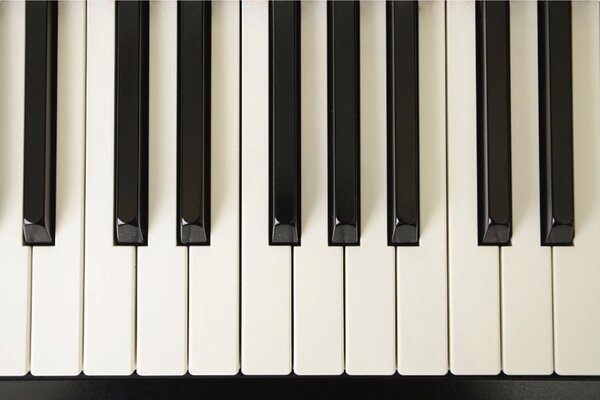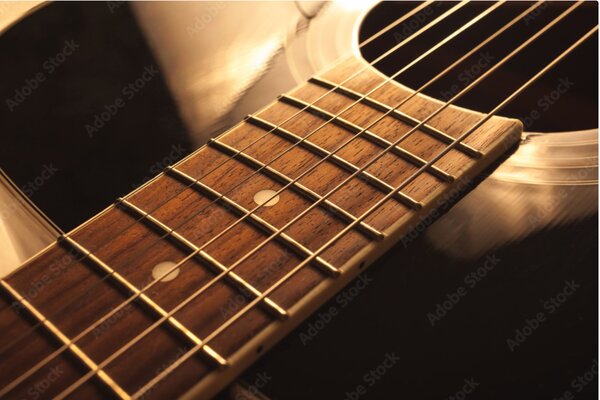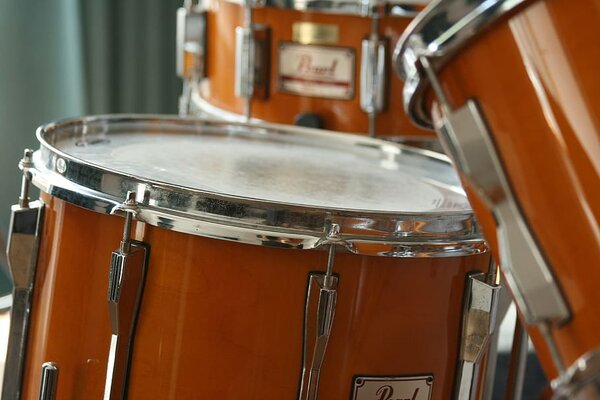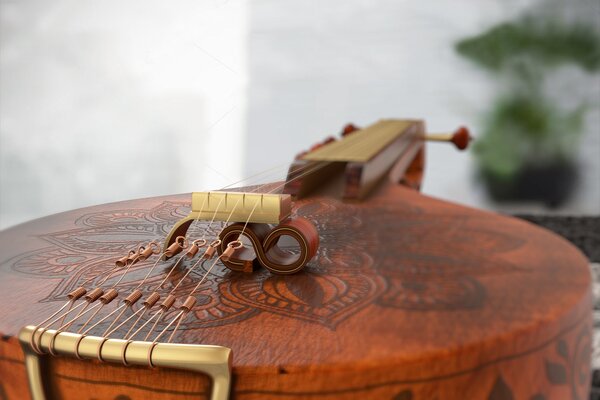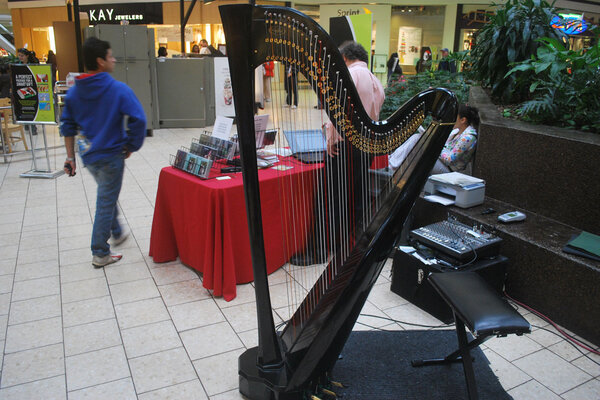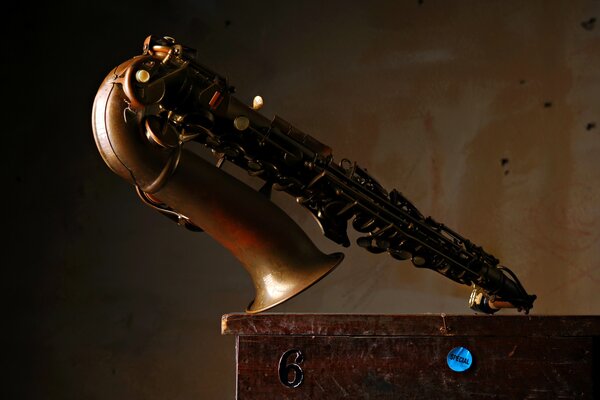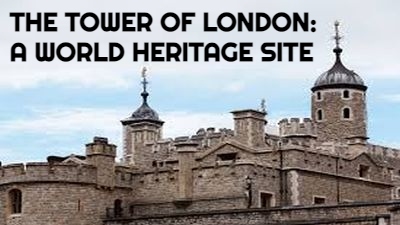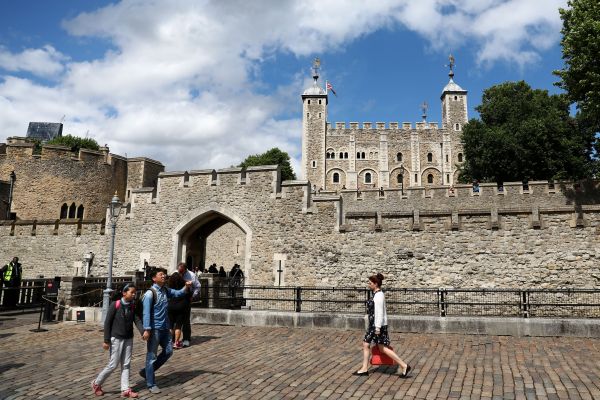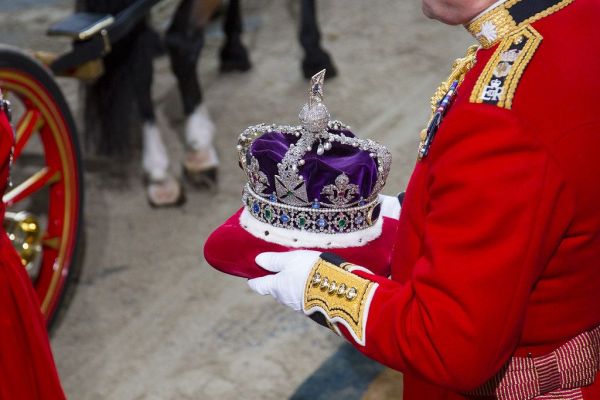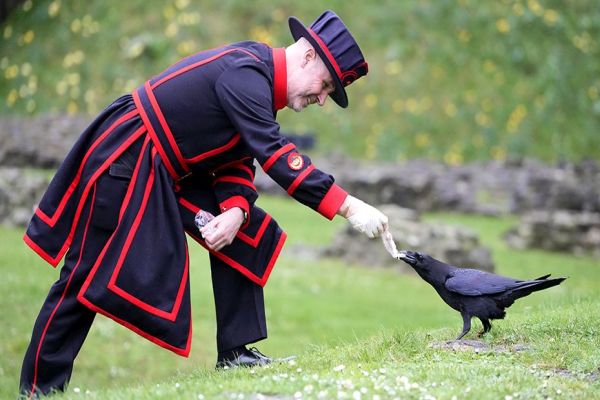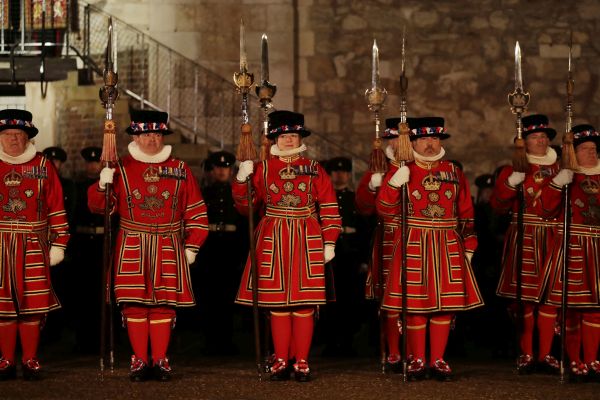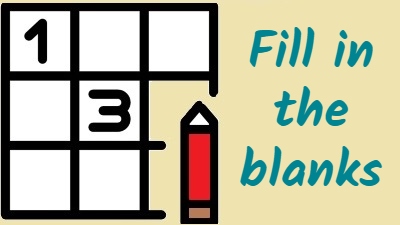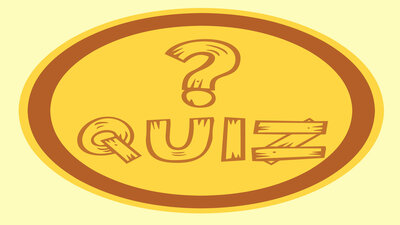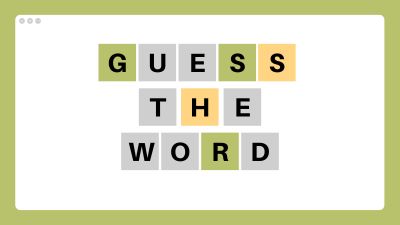As you read this article, try solving the shuffle puzzles to unravel photos of Sunil Chhetri.
When the chips were down, then Manchester United boss Alex Ferguson turned to his captain Roy Keane to fire up the troops and immerse in battle. The late basketball star Kobe Bryant similarly thrived in adversity, single-mindedly pulling his LA Lakers out of deep waters time and again. In Indian football, Sunil Chhetri has played saviour over the course of his 19-year international career. As he hangs up his boots after an illustrious career, he leaves behind a rich legacy for future generations.
Chhetri’s never-say-die attitude was best exemplified in an AFC Asian Cup qualifying tournament match held in Bengaluru in 2017. The crucial match was dominated by Kyrgyz Republic, who attacked the Indian goal with venom. Just when it looked like the home team was ready to throw in the towel, Chhetri created magic. A stellar run from deep in his own half raised hopes, and a crisp finish gave India an unlikely 1-0 win.
Moving on
With Chhetri playing his final international match on June 6, Indian football has impossibly big shoes to fill. Who else can keep his head up and relentlessly power forward when all hope seems lost? To look for ready answers would be a futile exercise.
Chhetri’s killer instinct in front of goal was established early when he found the net in his senior international debut back in 2005 against Pakistan at Quetta. This maiden appearance came as a result of an injury to lead striker Bhaichung Bhutia, which forced head coach Sukhwinder Singh to turn to a wide-eyed 20-year-old. Sukhwinder, who had noticed Chhetri’s potential as his coach at JCT Football Club, took a gamble which paid off handsomely for years to come.
With 94 goals, Chhetri is fourth on the list of all-time men’s international goal-scorers. Among active footballers, he is in exalted company with Cristiano Ronaldo (128 goals) and Lionel Messi (106 goals). In a remarkable tribute to his astute finishing skills, Chhetri has gone on to score at least once in his 25th, 50th, 75th, 100th, 125th and 150th matches.
It will come as no surprise if Chhetri keeps the streak going in his farewell outing against Kuwait at Kolkata. The FIFA World Cup qualifier is expected to attract huge crowds at the iconic Salt Lake Stadium — just the sort of high-pressure occasion that Chhetri thrives on.
There will be tears shed as Chhetri hangs up the national jersey, but fans can take heart from the fact that their idol will continue to feature for Bengaluru Football Club (BFC). Having endured a disappointing 2023-24 Indian Super League (ISL) season, Chhetri and his mates at BFC have redemption on their minds.
Chhetri’s long journey makes a halt at Kolkata, but it is not over yet.
Photos: PTI, BISWARANJAN ROUT, MURALI KUMAR K


